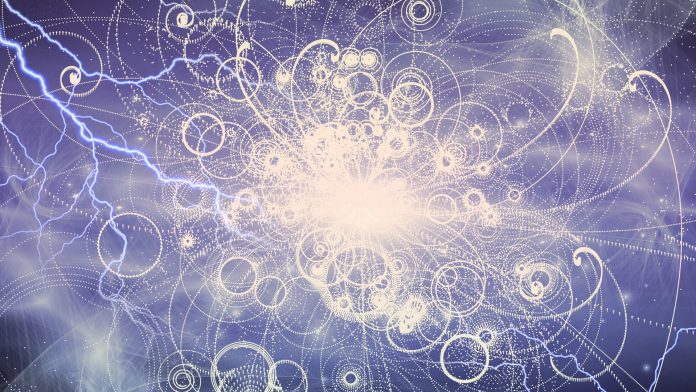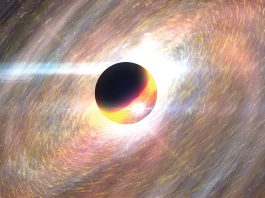As part of the ATLAS and CMS collaborations, CERN researchers have discovered new signatures of the Higgs boson at the Large Hadron Collider.
The research team also searched for evidence of the rare transformations from Higgs boson to Z boson, which is a carrier of one of the fundamental forces of nature. Observing and studying these transformations could advance our understanding of particle physics and potentially reveal new physics, provided observations differ from the predictions.
What is the Higgs boson?
Produced by the quantum excitation of the Higgs field, the Higgs particle is an elementary particle in the Standard Model of particle physics. The Higgs particle belongs to the boson family, which is though to be responsible for all physical forces.
At its first discovery at CERN’s Large Hadron Collider in 2012, the Higgs boson was observed in transformations into pairs of Z bosons and pairs of photons. These so-called ‘decay channels’ have relatively distinct signatures making them more easily detectable.
As an ephemeral particle, the Higgs particle ‘decays’ into lighter particles almost immediately after being produced in proton–proton collisions. These lighter particles leave signatures in the ATLAS and CMS detectors. However, similar signatures may be produced by other standard-model processes. Physicists must first identify the individual pieces that match this signature and then build up enough statistical evidence to confirm that the collisions had indeed produced Higgs bosons.
New findings from CERN
ATLAS has recently presented the results of their search for evidence of the rare transformation from Higgs to Z boson and a photon (γ). The Z boson produced transforms into pairs of leptons, either electrons or muons, leaving a signature of two leptons and a photon in the detector.
ATLAS was able to eliminate the possibility that more than 0.55% of the Higgs bosons would transform into Zγ. This assumption was based on the low probability of observing a Higgs boson transform into Zγ with the data volume analysed. The extracted value for the H→Zγ signal strength, defined as the ratio of the observed to the predicted standard-model signal yield, is found to be 2.0+1.0−0.9.
“With this analysis, we can show that our experimental sensitivity for this signature has now reached close to the standard model’s prediction,” says Karl Jakobs, spokesperson of the ATLAS collaboration.









